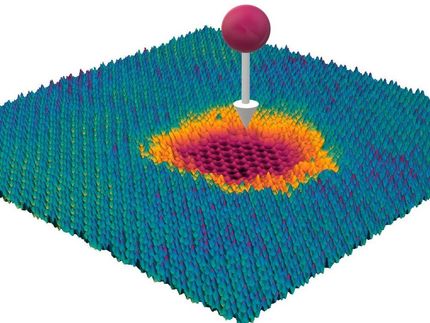Graphene microphone outperforms traditional nickel and offers ultrasonic reach
Advertisement
The researchers, based at the University of Belgrade, Serbia, created a vibrating membrane - the part of a condenser microphone which converts the sound to a current - from graphene, and were able to show up to 15 dB higher sensitivity compared to a commercial microphone, at frequencies up to 11 kHz.
"We wanted to show that graphene, although a relatively new material, has potential for real world applications" explains Marko Spasenovic, an author of the paper. "Given its light weight, high mechanical strength and flexibility, graphene just begs to be used as an acoustic membrane material."
The graphene membrane, approximately 60 layers thick, was grown on a nickel foil using chemical vapour deposition, to ensure consistent quality across all the samples.
During membrane production, the nickel foil was etched away and the graphene membrane placed in the same housing as a commercial microphone for comparison. This showed a 15 dB higher sensitivity than the commercial microphone.
The researchers also simulated a 300-layer thick graphene membrane, which shows potential for performance far into the ultrasonic part of the spectrum.
"The microphone performed as well as we hoped it would" adds Spasenovic. "A thicker graphene membrane theoretically could be stretched further, enabling ultrasonic performance, but sadly we're just not quite there yet experimentally."
"At this stage there are several obstacles to making cheap graphene, so our microphone should be considered more a proof of concept" concludes Spasenovic. "The industry is working hard to improve graphene production - eventually this should mean we have better microphones at lower cost."
Original publication
Original publication
Dejan Todorović, Aleksandar Matković, Marijana Milićević, Djordje Jovanović, Radoš Gajić, Iva Salom and Marko Spasenović; "Multilayer graphene condenser microphone" 2D Materials; 2015
Organizations
Other news from the department science

Get the chemical industry in your inbox
By submitting this form you agree that LUMITOS AG will send you the newsletter(s) selected above by email. Your data will not be passed on to third parties. Your data will be stored and processed in accordance with our data protection regulations. LUMITOS may contact you by email for the purpose of advertising or market and opinion surveys. You can revoke your consent at any time without giving reasons to LUMITOS AG, Ernst-Augustin-Str. 2, 12489 Berlin, Germany or by e-mail at revoke@lumitos.com with effect for the future. In addition, each email contains a link to unsubscribe from the corresponding newsletter.



























































